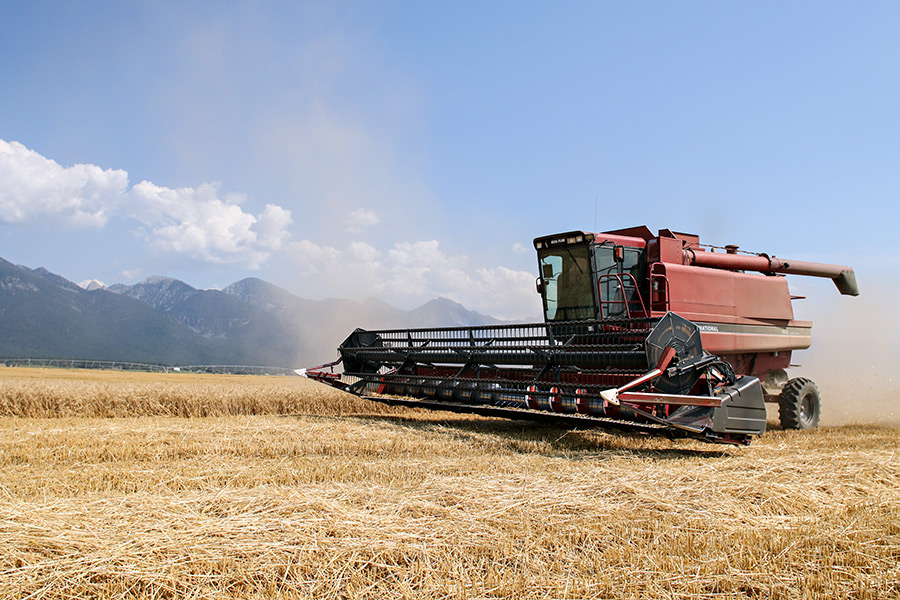HELENA — A wet and cooler spring has eased drought concerns over much of Montana, but extreme drought conditions remain along the Rocky Mountain Front after two straight winters of low snowfall and warm temperatures.
The recent spate of warm temperatures triggered an early snowmelt that could mean lower flows in some rivers and streams through the summer, if May and June rains fall below normal.
While cumulative precipitation is near normal levels, the past year has been the warmest on record in Montana, with temperatures about 4 degrees above normal, said Donald Britton, the meteorologist-in-charge at the National Weather Service office in Great Falls.
Drought conditions have broad ramifications on the risk of summer wildfires, the health of prized fishing streams and the state’s water supply.
The governor’s Drought and Water Supply Advisory Committee, which convened on Thursday at the Capitol, continues to monitor the situation. It is currently making a county-by-county assessment of drought risks.
“We are monitoring the Northern Rocky Mountain Front closely,” said Ada Montague, a water resource planner with the Montana Department of Natural Resources and Conservation.
Summer drought conditions will depend on how much rain the region gets in May and June, usually two of the year’s wettest months.
Fire officials are hoping for the usual rainfall and are expecting a normal fire season. “That still means we’re going to have a lot of fires on the ground,” said Harold Gemmell, a DNR fire coordinator.
Extremely dry conditions remain especially persistent across a large swath of Montana on the eastern flanks of the Rockies and across the basins of the Sun, Teton and Marias rivers. Severe drought conditions also extend east of Bozeman to the outskirts of Billings, according to weather maps.
As of Thursday, the Badger Pass monitoring site recorded a snowpack containing 10 inches of water instead of the typical 26 inches, said Lucas Zukiewicz, a snow hydrologist with the U.S. Natural Resources Conservation Service.
In some cases, he said, snow surveyors used mountain bikes instead of snowmobiles to reach some monitoring stations.
Already, some farmers aren’t getting their full allotment of water, and some reservoirs might not get their fill of runoff.
Rivers and creeks have swelled in recent weeks because of the early runoff — giving the illusion of plenty of water, officials said — but that has left little snow in the mountains to recharge waterways in the coming months.
The possibility of low river flow later this summer could affect some prized fishing streams. To reduce the stress on fisheries, some streams were off limits to anglers last year because of the low water levels and warmer temperatures.
